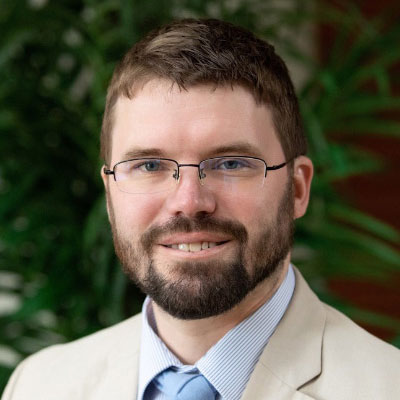San Francisco Mayor London Breed has been facing controversy since she endorsed making sobriety a requirement for receiving public assistance. City Supervisor Dean Preston, for one, was appalled by the proposal, condemning it for being an idea one would find in Republican states such as Texas, which is one of a handful of states that impose mandatory drug screening for welfare recipients.
Given the severity of the fentanyl crisis, even a progressive city like San Francisco might benefit from looking a bit more like Texas. According to the San Francisco Chronicle’s overdose database, the overdose mortality rate in Texas is nearly half the national average. Moreover, the rate in the worst county in Texas—Hill County—is less than half that of San Francisco.
It is unlikely that drug testing of welfare recipients will bring California’s overdose rates down to Texas levels, but it will almost certainly help. Benefit payments are essentially a subsidy, and subsidies are designed to encourage consumption. When we give people money for food, we subsidize their ability to eat. When we provide money for rent, we subsidize their ability to find shelter. Nobody would contest these claims, as this is the very purpose of social welfare.
Why, then, is there such controversy in recognizing that when we give people money that they will spend on drugs, we are subsidizing their addiction?
We often use the term “enabler” to describe friends and family members who continue to provide financial support to a person with untreated substance abuse disorder. We recognize that they are acting out of love but also that their actions are causing more harm than good.
When a city chooses to provide unconditional monetary benefits for drug addicts, it equally operates as an enabler. This is simply unconscionable. With San Francisco setting records for overdose deaths, it is a wonder that there is not an even greater outcry for policies that might discourage substance abuse.
Critics correctly argue that drug addicts need money to survive, but fentanyl ensures that survival is unsustainable without recovery. It was not uncommon for heroin addicts to maintain 20-year addictions, but the life expectancy of a fentanyl user is only around two years. Because mandatory drug testing creates a positive incentive to seek treatment and stay sober, such a policy would not reduce a person’s chance of survival; it would amplify it.
It would be a gross overstatement to suggest that the disparity in overdose mortality rates between Texas and San Francisco is decided by mandatory drug testing. Instead, the policy reflects a more profound difference rooted in culture. Ever since the heyday of Haight-Ashbury and the hippie movement, San Francisco has tolerated and even outright condoned narcotic indulgence, which Texas stigmatizes.
The failed Tenderloin Linkage Center, an “overdose prevention” site, highlights San Francisco’s culture problem. The word “linkage” was meant to convey the mission of connecting people to recovery services, but what users really found was an environment that encouraged substance abuse. “We can help you do drugs,” the staff told one woman posing as an addict, according to CNN. “But if you want help getting off drugs, you’re gonna have to come back tomorrow.”
Compare this to San Antonio’s Haven for Hope, a university-style campus for the city’s homeless population. The organization offered an alternative to punitive drug policies by working with the city to implement a jail-diversion program, which offers drug users a choice between prison and Haven’s recovery center. The policy has been so successful that Haven even added a prison-“in-reach” program through which recovering addicts recruit prison inmates into the recovery program as a condition for early release.
Herein lies the core difference between Texas and San Francisco’s overdose mortality rates. The Lone Star State stigmatizes drugs and encourages compassionate intervention to nudge addicts into recovery, while the City by the Bay has a “come back tomorrow attitude.” The fentanyl crisis has made the differences between these attitudes glaringly apparent.








